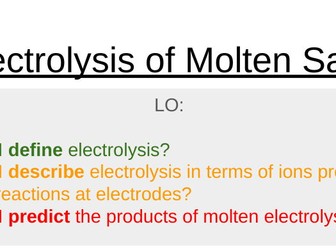Investigating Angles
These worksheets can be used in a single carousel/round robin-style lesson or separately. The left half of each is an investigation of an angle rule and the right half has missing angle problems related to that rule. The missing angle problems increase in difficulty. <br />
I divided my class into colour groups based on ability level to investigate each rule. I used envoys and 'rainbow groups' (1 person from each colour group) to share what each pupil had learnt, before doing a 4-question test at the end of the lesson.

